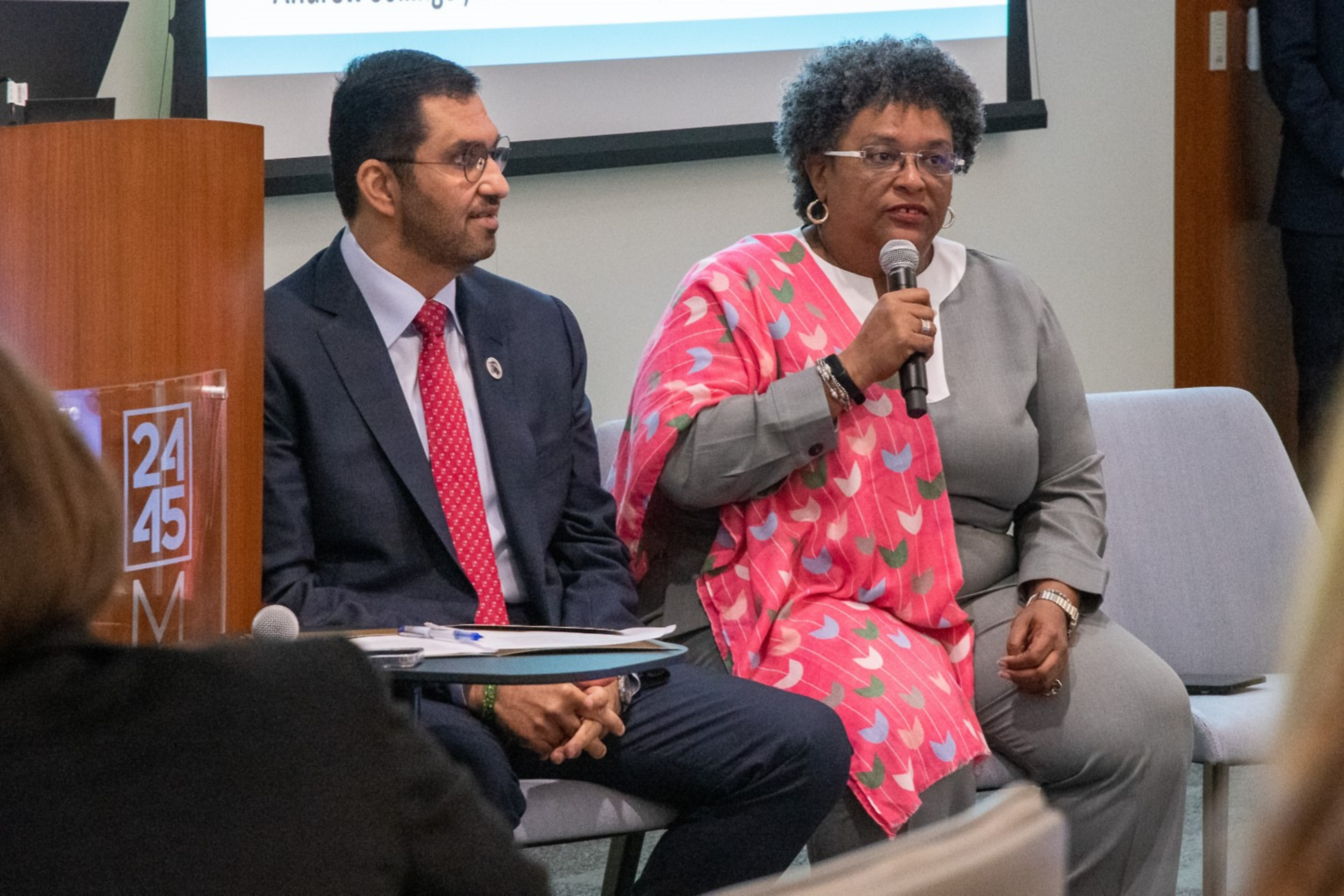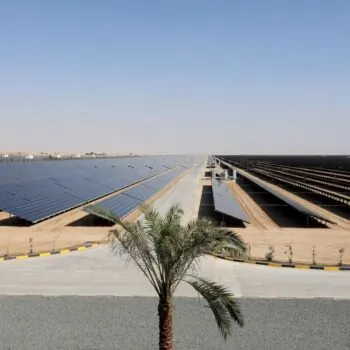COP28 is a pivotal opportunity for countries to deliver on their commitments to build a more resilient world. Starting up the new loss and damage fund agreed to at COP27, and unlocking the mosaic of financing and fiscal space solutions, are essential next steps to protecting vulnerable communities in a polycrisis world.
We are solidly in the era of experiencing losses and damages from climate change, made clear by increasing devastation from climate hazards over recent years. All countries recognised this at COP27 by agreeing on enhanced loss and damage funding arrangements and creating a specific new fund. But pressure to translate this into action is mounting.
Support for the most vulnerable communities facing climate impacts is a matter of trust in the climate governance regime – along with the promised, yet undelivered 100 billion USD annual climate finance. Germany has revealed new confidence that this financial goal will be met this year. But what’s next for the climate impacts agenda?
Resilience will be central to achieving a balanced and ambitious package at COP28. The Petersburg Dialogue showed signs of its relevance. The COP28 President-Designate Dr. Al Jaber presented UAE’s ambitions to link adaptation and health, and adopt a visionary and transformational framework for the global goal on adaptation. Calls to deliver the doubling of adaptation finance came from UN Secretary-General António Guterres and Barbadian PM Mia Mottley. The co-chairs’ summary states that all participants agree loss and damage is a priority for COP28.
Dealing with loss and damage cannot be limited to one global forum. The wider financial system is involved in managing countries’ breathing room when disasters hit, and the UNFCCC has little authority to shape decisions beyond its realm. But the COP28 Presidency can act as a broker to build on progress and boost political will to reach agreements in multiple political spaces.
Leaders have an opportunity to show renewed solidarity towards the most vulnerable, by fulfilling their loss and damage mandate. This means making tangible progress on loss and damage funding arrangements and operationalising a new fund. To see success, disagreements over sources of finance, who will contribute and who will be eligible to receive funding need to be addressed.
Three loss and damage outcomes are needed at COP28 to support the most vulnerable communities:
Negotiators will need to work quickly to operationalise a fund this year that is accessible and fit for needs. Governance arrangements and the scope of the fund need to be agreed. And this will require compromise on politically tricky issues such as who will pay into the fund and who will receive funding from it.
As the Glasgow Dialogue and Transitional Committee work continues, the UAE Presidency could appoint Ministers to support them on the loss and damage debates, to ensure tensions are solved on the side-lines of official meetings and show progress by COP28.
New funds are needed – shifting official development assistance will not address the gaps in support for managing climate impacts. Combining various sources to fill the fund will be key to its operationalisation. Ideas such as fossil fuel extraction or air ticket levies, taxes on fossil fuel exports, or taxes on financial transactions could also be part of the solution and are gaining political attention as potential sources.
Discussions will need to happen in the Transitional Committee and workshops, but there is also an opportunity to delegate discussions to other fora such as the New Global Finance Pact Summit, creating a pathway for international financial institutions to step up their support for loss and damage.
A transformational approach to the international financial architecture, could build the broader support countries need to be ready to face climate impacts. This should include:
- increased support from the World Bank and the IMF to strengthen the global safety net for when impacts and other crises strike vulnerable communities,
- action from all creditors to include natural disaster and pandemic debt suspension clauses to ensure breathing room when disasters hit,
- improved coordination between humanitarian and disaster response architecture, and
- further contributions towards initiatives like the UN Secretary General Early Warning Systems for all or the V20/G7 Global Shield.
Countries have less than a year to put forward what could shape the future of climate impact response. The road ahead will be bumpy, but the Transitional Committee does not need to address all issues simultaneously. It can task other fora to progress issues and coordinate across them. The COP27 decision created multiple political and process tracks. These tracks include a UNSG-hosted convening of international finance institutions, the IMF and World Bank Annual Meetings and the UNFCCC secretariat’s synthesis report.
Maintaining trust in the multilateral system and an open channel for international cooperation is essential to achieving climate resilience. Finance at scale towards climate impacts can be mobilised, but only if there is strong political will to back it up. This is not only a matter of justice and trust, but also of international cooperation and security. COP28 has a crucial role to play in fighting for a 1.5°C world. This includes countries stepping up support for vulnerable communities today to avoid the worst tomorrow.
This is the second in E3G’s blog series that dives deeper into the three core issues that COP28 will have to urgently address: speeding up decarbonisation, stepping up support for the most vulnerable, and shaping up the financial system. Read the first blog here: COP28: bend the emissions curve, build the new economy.


